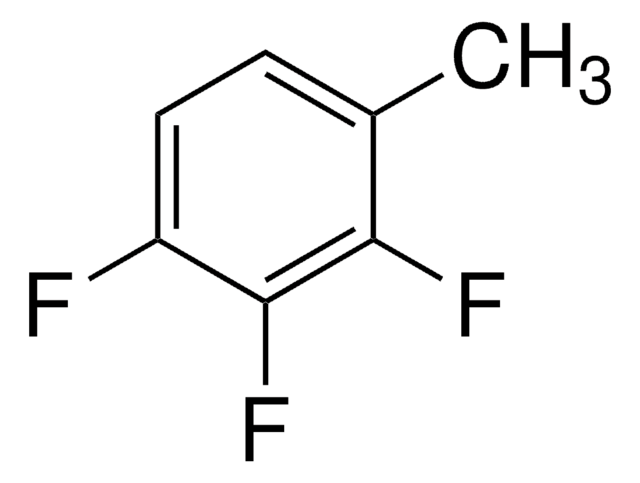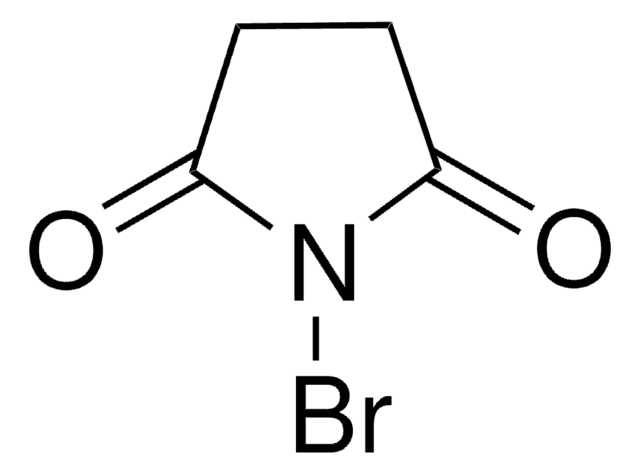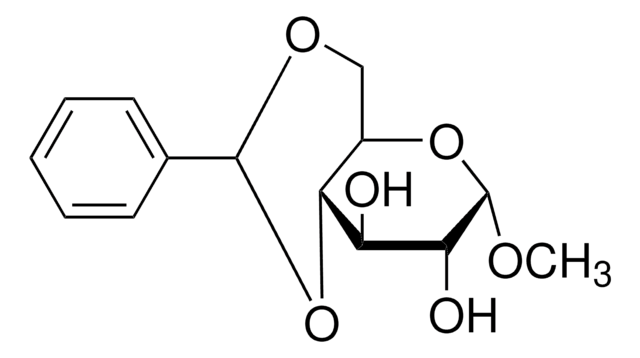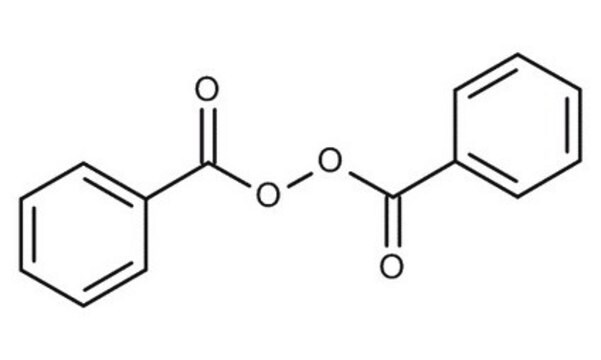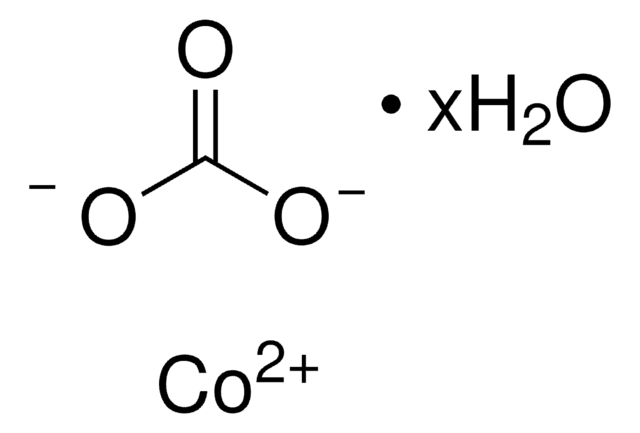342440
Cobalt(II) hydroxide
technical grade, 95%
Sinonimo/i:
Cobalt dihydroxide, Cobalt(2+) hydroxide, Cobaltous hydroxide
About This Item
Prodotti consigliati
Grado
technical grade
Livello qualitativo
Saggio
95%
Forma fisica
powder
Densità
3.597 g/mL at 25 °C (lit.)
applicazioni
battery manufacturing
Stringa SMILE
O[Co]O
InChI
1S/Co.2H2O/h;2*1H2/q+2;;/p-2
ASKVAEGIVYSGNY-UHFFFAOYSA-L
Descrizione generale
Applicazioni
- As an additive in Ni-based rechargeable alkaline batteries, including Ni-Cd and Ni-MH batteries, to improve their electrochemical performance.
- To synthesize reduced graphene oxide/cobalt hydroxide (rGO/Co(OH)2) composite material, which exhibits enhanced electrochemical performance for supercapacitor applications.
- As a electrode material for high-performance supercapacitors. It exhibits high specific capacitance and long cycling stability, making it a promising electrode material for supercapacitors.
Avvertenze
Danger
Indicazioni di pericolo
Classi di pericolo
Acute Tox. 1 Inhalation - Acute Tox. 4 Oral - Aquatic Acute 1 - Aquatic Chronic 2 - Carc. 1B - Eye Irrit. 2 - Repr. 1B - Resp. Sens. 1B - Skin Sens. 1
Codice della classe di stoccaggio
6.1B - Non-combustible acute toxic Cat. 1 and 2 / very toxic hazardous materials
Classe di pericolosità dell'acqua (WGK)
WGK 3
Punto d’infiammabilità (°F)
Not applicable
Punto d’infiammabilità (°C)
Not applicable
Dispositivi di protezione individuale
dust mask type N95 (US), Eyeshields, Gloves
Scegli una delle versioni più recenti:
Possiedi già questo prodotto?
I documenti relativi ai prodotti acquistati recentemente sono disponibili nell’Archivio dei documenti.
I clienti hanno visto anche
Articoli
Lithium-Ion Battery Performance: Dependence on Material Synthesis and Post‑Treatment Methods
Thermoelectric Performance of Perovskite-type Oxide Materials
The prevailing strategies for heat and electric-power production that rely on fossil and fission fuels are having a negative impact on the environment and on our living conditions.
Plasmonic nanoparticles have unique optical properties that can be tailored to suit a variety of applications in the biotechnology1–8 and electronics9–16 industries.
Il team dei nostri ricercatori vanta grande esperienza in tutte le aree della ricerca quali Life Science, scienza dei materiali, sintesi chimica, cromatografia, discipline analitiche, ecc..
Contatta l'Assistenza Tecnica.
